Weir Village evolved into a separate community soon after Yarmouth was founded. Some of the early settlers there were Quakers. Land was fertile and fish were abundant, spawning in the headwaters of Bass River. Striped bass could be caught in weirs or nets and the younger fish, or “schoolies” wintered over in the river then. A weir is a type of fish trap, sometimes spelled “WEAR or WARE” in old documents and was likely pronounced that way in the 18th and 19th centuries.
These headwater ponds, now known as Follins Pond and Mill Pond, were first known as the Bass Ponds. Follins was Great Bass Pond and Mill was Little Bass or Weir Pond. By 1795, Follins Pond, named for Quaker Thomas Falland, an early settler, had acquired its present day name, but Mill Pond was also known as Weir Pond into the 20th century.
By 1755, there were more than 25 houses in the area. There were also two grist mills which took advantage of the running water between the ponds. According to local lore, the first mill was built about 1721 by the “Ware River” [Weir River], connecting Follins and Mill Ponds by Thomas Bray, Joseph Ryder, and Benjamin and William Matthews. Early travelers on what is now North Dennis Road had to ford the stream near the mill. The town didn’t vote to build a bridge there until the town meeting in March 1833. In fact, few bridges were built over small streams prior to this time. Travelers either went around them, or chose a shallow place for fording. A second mill was built in 1751. It was to the west of Mill Pond, where there is a dike today. Hamblin’s Brook continued over to Union Street, and the mill took advantage of that brook’s flowage.
Weir Mill Stream, between Follins and Mill Ponds
A village school was located at the end of Weir Road on North Dennis Road. After it closed, the children had to walk two miles to the Hockanom school. When it closed down, that school building was moved to Old Church Street where it is now part of a house on the corner of Old Church and Damaris Drive.
The Franklin Chase family on Weir Road in the late 1870s.
Fishing was seasonal. According to historian Daniel Wing, a “V” shaped weir was built there and used by the indigenous peoples prior to the arrival of English settlers. The stones of the lower part of the weir were visible as late as the 1930s.
Harvesting fish was a seasonal occupation. Most living in Weir Village also were farmers. Fishing began in spring when fish came to spawn and these included alewives, shad, white perch, and smelts. During fall and winter, farmers would harvest shellfish, mainly oysters and scallops.
The smelts were the first to arrive, often in late winter and at Weir Village hand nets were used to catch them. Smelts were gutted, dipped in cornmeal, and fried. Their roe (eggs) was a delicacy. The other fish came later, feasting on the spawning fish as they swam upriver.
An old fish house on Follins Pond, Weir Village.
Prior to the 1841 Great Gale, Bass River was almost entirely free of eel grass and mud. October 3, 1841 was the start of a two day storm that forever changed all the salt rivers that flowed within Yarmouth. On the Bay side, Chase Garden River no longer had its strong tidal flow, and its name evolved into Chase Garden Creek. On the south side, Bass River silted up to an incredible degree, ruining it as a place where striped bass could winter over. Tidal flow was greatly affected by the storm.
When people found that fish were no longer spawning there in large numbers, some chose to move, sometimes taking their houses with them. There are houses and even a school from this area in Yarmouth Port, South Yarmouth, and Dennis. 72 Union Street, 31 Mill Lane in South Yarmouth, 162B Pleasant Street, and 214 Pleasant Street (moved in 1926) all are old Weir Village buildings.
Folllins Pond
The movement of houses from Weir Village was not a quick and massive migration, but happened over many years. Farmers continued to till their fields there. The lower part of this area was also known as Yarmouth Farms, testimony to its chief occupation.
Today, Weir Village is a shadow of its former agrarian self. A quiet residential area, Weir Road is one of Yarmouth’s scenic byways. But nestled in the woods are cellar holes, evidence of another time and a very different past.
Excerpted from an article researched and written by Duncan Oliver







